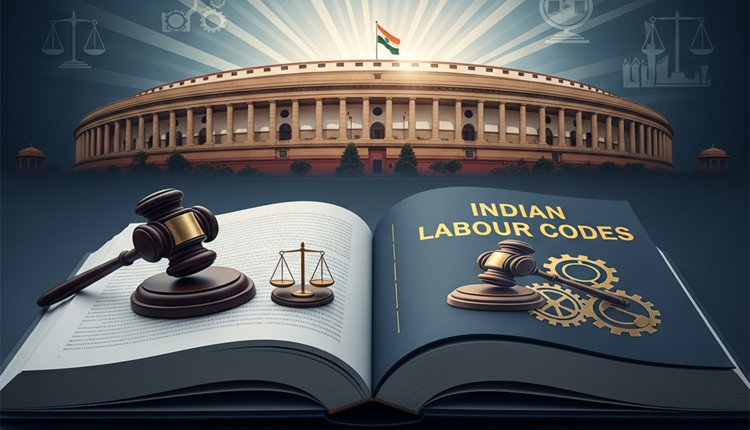New Delhi: India’s transformative Labour Codes, now in force after consolidating 29 disparate laws into four streamlined frameworks, are set to reshape employee benefits, particularly gratuity calculations, while keeping provident fund (PF) contributions stable for most.
The Gratuity Act, 1972, stands repealed with retrospective effect from 21 November, mandating immediate recalibrations for payouts and social security.
At the heart of these reforms lies a revamped definition of “wages,” encompassing basic pay, dearness allowance (DA), and retaining allowances that constitute at least 50 percent of an employee’s cost-to-company (CTC). Exclusions like house rent allowance (HRA), transport reimbursements, employer PF contributions, and commissions are capped at the remaining half, ensuring a broader base for computing gratuity, PF, Employee State Insurance Corporation (ESIC) benefits, maternity entitlements, and more.
This shift promises enhanced protections for the workforce amid evolving employment dynamics.
Gratuity emerges as the big winner. Previously tethered to basic salaries and DA — often minimised by employers to curb liabilities — it now draws from this expanded wage pool, inflating final payouts substantially.
Eligibility eases dramatically for fixed-term contract workers, who need just one year of service (down from five) to claim benefits, irrespective of renewals. Permanent staff, however, retain the five-year threshold, barring cases of death or disablement. For those exiting post-21 November, expect heftier cheques; employers must comply forthwith, potentially straining budgets but rewarding long-term loyalty.
In contrast, PF sees minimal ripples. Contribution rates under the Employees’ Provident Fund (EPF), Pension Scheme (EPS), and Deposit-Linked Insurance (EDLI) hold steady, pegged to wages up to ₹15,000 monthly. Only low-wage earners (with basic plus DA below this ceiling) may face slight tweaks due to the new wage formula; higher earners remain insulated until future tweaks.
Experts hail the codes as a pro-worker pivot, unlikely to dent monthly take-home pay since gratuity disburses on exit, not deductions. Yet, with elections looming and gig economies surging, clarity on contract renewals remains pivotal. As implementation unfolds, millions see fairer futures — a quiet revolution in India’s labour landscape.


